Continuity in the garden
yeonasky
17 years ago
Related Stories
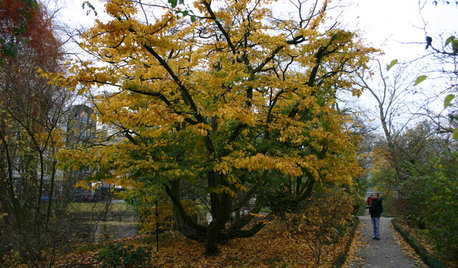
GARDENING AND LANDSCAPINGGreat Design Tree: Persian Ironwood
Plant this unusual deciduous stunner for seasonal interest year-round
Full Story
GARDENING GUIDESGreat Design Plant: Knock Out Roses
As glorious as their high-maintenance kin for a fraction of the work, Knock Out roses make even beginners look like garden stars
Full Story
NATIVE PLANTSPlant These Fall-Flowering Natives in Early Summer for Pollinator Love
These 3 groups of plants will support masses of beneficial insects come autumn
Full Story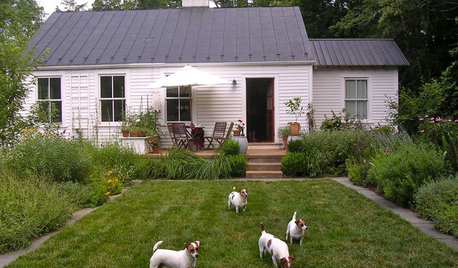
HOUZZ TOURSHouzz Tour: Virginia Wine Country Cottage
Monticello Neighbors Continue Jefferson's Gardening Tradition
Full Story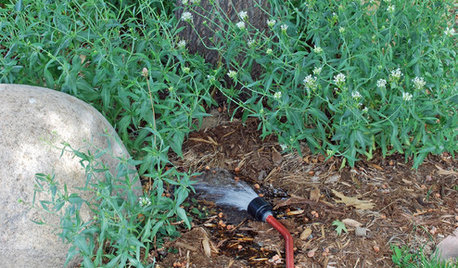
GARDENING GUIDESRocky Mountain Gardener's August Checklist
August may be hot, dry and dusty, but with care and planning, your garden will continue to thrive
Full Story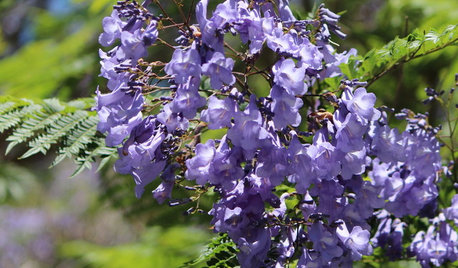
CALIFORNIA GARDENINGCalifornia Gardener's July Checklist
Bite into tree-fresh apricots, inhale delightful garden perfumes and continue planting vegetables for a late-summer harvest
Full Story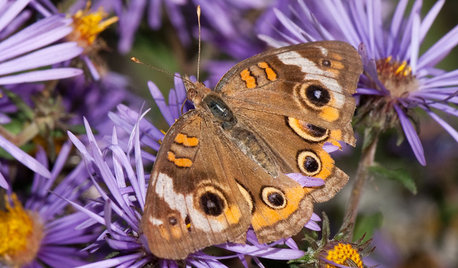
FALL GARDENINGGreat Design Plant: Symphyotrichum Novae-Angliae Ushers in Fall
With bold purple flowers easily accessible to pollinators, New England aster offers loads of interest in the autumn garden
Full Story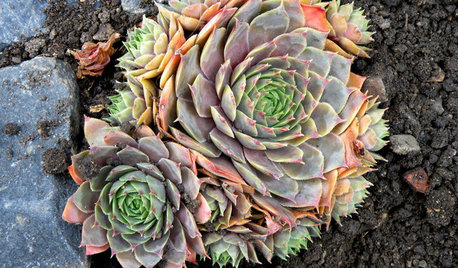
GARDENING GUIDESGreat Design Plant: Hens-and-Chicks
Plant Sempervivum succulents for fuss-free garden color and character all year
Full Story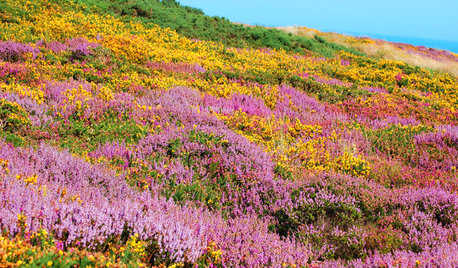
GARDENING FOR BUTTERFLIESGreat Design Plant: Scotch Heather
The moors aren't all moody, as this prettily colored evergreen shrub proves. Plant it en masse for an epic romance in your own garden
Full Story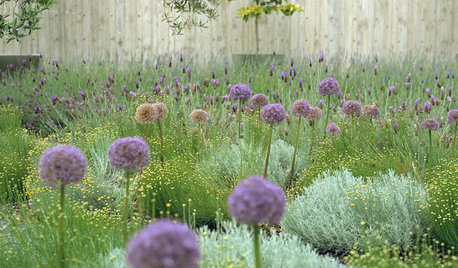
GARDENING GUIDESGreat Design Plant: Ornamental Allium
Lollipop blooms on tall, leafless stems add an architectural element to gardens of all styles
Full StoryMore Discussions







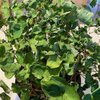
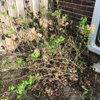
inthegarden_k
silvergold
Related Professionals
Canton Landscape Architects & Landscape Designers · Wrentham Landscape Architects & Landscape Designers · Brentwood Landscape Architects & Landscape Designers · Clark Landscape Architects & Landscape Designers · Kenmore Landscape Architects & Landscape Designers · Middletown Landscape Contractors · Belmont Landscape Contractors · Belvedere Park Landscape Contractors · Cliffside Park Landscape Contractors · Davidson Landscape Contractors · Ellicott City Landscape Contractors · Fairfield Landscape Contractors · Petaluma Landscape Contractors · San Benito Landscape Contractors · Sun City Center Landscape Contractorsgardengal48 (PNW Z8/9)
yeonaskyOriginal Author
sharons2
gardengal48 (PNW Z8/9)
silvergold
inthegarden_k
sharons2
playsindirt
trish_ns_z5
nancyd
alchemilla
gardenbug